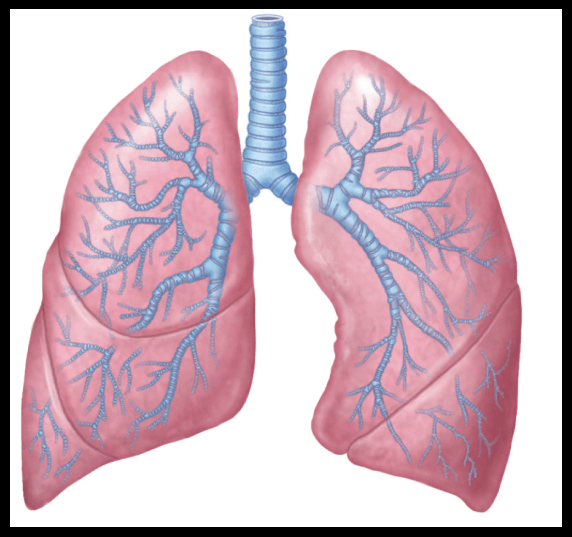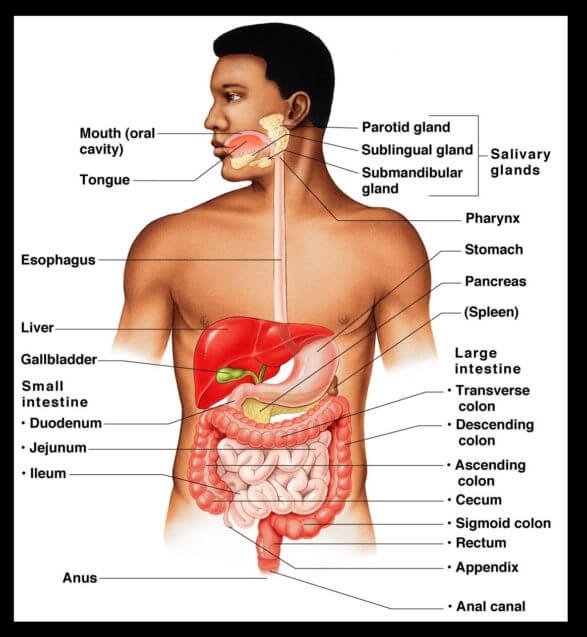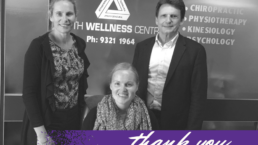Are Human Beings Symmetrical?
The current mindset is that we are born symmetrical. Disabilities aside, we all have a pair of hands; legs, ears etc. There are intricacies within the human body that would in fact cause us to be asymmetrical.
Let’s take a look at the inside of our bodies…
We all have 3 lung lobes on the Right and only 2 on the Left

When it comes to our internal organs; we have a heavy liver on the right side; whilst our left has a spleen and stomach that is light in weight. Our heart also sits more in the left chest wall.

Chances are if you’ve committed yourself to see a physiotherapist or chiropractor for lower back pain, it may have been pointed out that your posture is favoring one side or that there is a compensatory pattern happening.
There also exists a common “pattern” of movement in most humans causing most people to be:
- Right Handed (left brain dominant),
- Right Legged (favor the right leg for pushing off, standing on).
Clinically, postural asymmetry typically would manifest itself as left shoulder being apparently higher than the right, thus the right leg apparently shorter than left.
Imagine the impact on our daily lives in this condition (let alone when we throw sport into the mix). This would reinforce a pattern of movement that causes us to have weight emphasis on the right leg as well as the upper trunk to be rotated to the left. As a result the neck and head will be slightly rotated to the right and leaning to the left (consider the implications for our vestibular balance system/ inner ear balance).
How important is symmetry?
Firstly being asymmetrical is relatively normal, meaning that in the vast majority of people asymmetry will exist to some degree. In fact many of us have idiopathic scoliosis (a minor form of scoliosis that can be asymptomatic; however if progressed/ worsened can cause health problems).
When the pattern of movement favoring weight has shifted to the right and the upper body rotation to the left is prolonged throughout the day during work (long hours of sitting), sport, repetitive tasks etc. This can result in the amplification of asymmetry and imbalances causing musculoskeletal, respiratory and even movement control problems.
Often times this will manifest itself in:
- joint pain, excessive arch in the lower back,
- favouring poor patterns of movement,
- excessive tightness in muscles and
- compensatory movement mechanisms.
Physiotherapy and Chiropractic assessments often times aim to screen if asymmetry or imbalances are the cause of the symptoms.
The root cause of some musculoskeletal issues/ injuries can often times be due to asymmetries or imbalances.
Treatment from our Physiotherapist or Chiropractor can come in the form of hands on treatment to offload joints, give relief, stimulate healing and facilitate proper movement. Coupling this with rehabilitation to correct and maintain the body in the best possible condition.
In summary
At the end of the day there is nothing wrong with being a little asymmetrical, most of us are born that way and conditioned in our asymmetrical world to develop that way.
As long as it doesn’t interfere with quality of life, work, sports, relationships and the most importantly long term health.
Related Posts
Muscular Dystrophy Charity Drive
25 October 2017
Every year, we allocate certain days where payment for your treatment (as little or as much as you choose) will be donated to charitable causes. All proceeds collected over that duration will be donated a solid 100% to charity. Clients and staff has helped us raise over $80,000 for charity.
0 Comments1 Minute
Pain Between the Shoulder Blades?
25 August 2016
Generally, symptoms of mid back pain or pain between the shoulder blades are caused by poor posture. The patient’s chest will normally be flat, if not concave and their shoulders will be pulled forward. You may also notice that they may also have a forward head carriage as shown in the photo below.…
0 Comments2 Minutes


